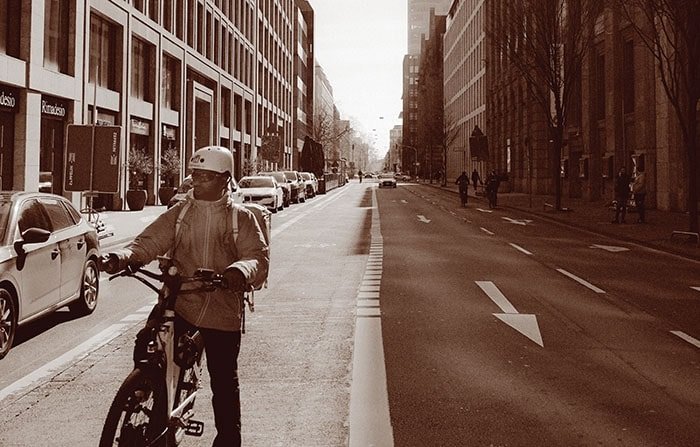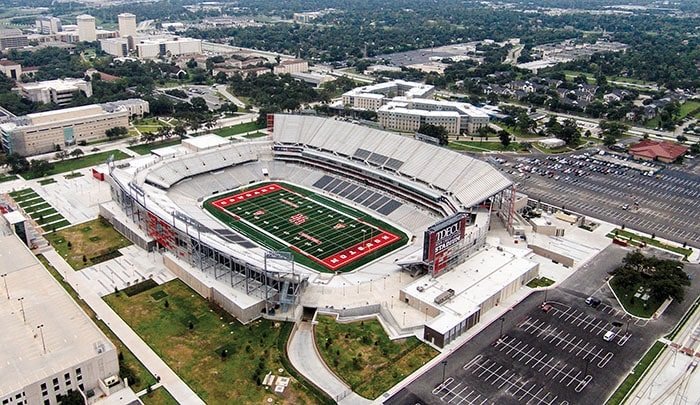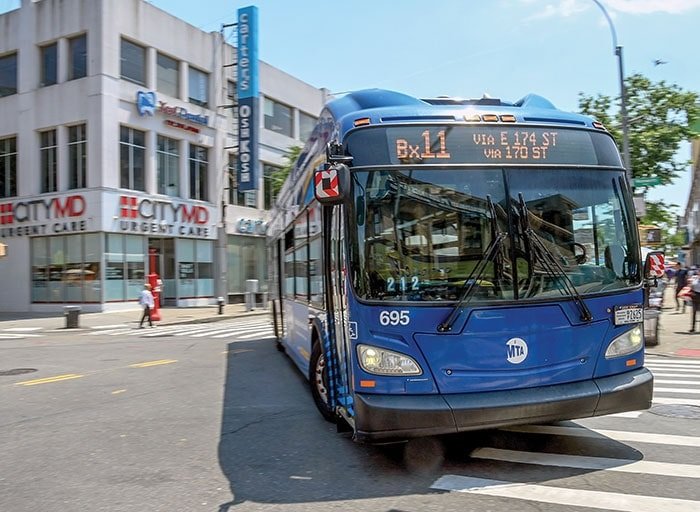In campus parking and transportation systems (PTS), it is not uncommon to have parking outweigh transportation in terms of the time and effort, attention, and even headaches for the system manager and campus administration. Master Plans that displace parking, or even routine population growth and building re-use or employee movements pose unique challenges to the parking system, and obviously take mucho mental capital to manage properly.
But is enough proactive attention given to the Transportation System (T-System) components of the parking and transportation equation? By this we mean the shuttle routes, headways, schedule design, passenger stops, operator contract reviews, information programs or integration opportunities with local transit agencies, to name a few.
As each bus or shuttle in a transportation fleet has recommended service intervals and inspection items, the T-System also can migrate through various inspection or audit stages, as illustrated here.
Vehicle Inspection versus “System Audit” Life Cycles
As used in this table, “effectiveness” can be understood as doing the right things, while “efficiency” is understood as doing the things right, or as easily as possible.
So with reference to vehicle inspection stages, here are service protocols to consider for an audit or inspection of your T-System, all of which involve various planning, management, operations, financial, and sustainability components.
Inspection Cycle, Stage 1: Your vehicles receive daily safety checks (tires, lights, turn signals, mirrors, radios, emergency exits, etc.) to ensure the fleet runs smoothly.
Audit Cycle, Stage 1: Inspect your T-System for the effectiveness of existing services by:
• holding focus group sessions and regularly conducting ridership opinion surveys on desired services and service quality;
• objectively evaluating route design and efficiency and the proximity of stops to key campus origins and destinations, especially with respect to the demand for services as measured by board and alight counts;
• objectively critiquing the condition of shelters, and the quality of transportation information such as schedules, system maps and other printed materials available at shelters and other sources;
• focusing on the opportunity to improve route coverage, reduce service duplication and enhance campus accessibility;
• ensuring route names provide a clear identity with campus access points and destinations;
• assessing the need for different or additional driver training regarding passenger courtesy/information/communication skills; and
• identifying improvements for scheduling, staff and bus fleet assignments.
Inspection Cycle, Stage 2: Your vehicles receive weekly and monthly reliability checks and minor preventive maintenance (cleaning, filters, heat and AC, electrical systems, etc.) to prevent more serious damage to key components.
Audit Cycle, Stage 2: Inspect your T-System for opportunities to deliver services more efficiently by:
• developing a statistical profile of key indicators for service levels, personnel, vehicles, fuel, routes, service frequencies, tracking the indicators monthly;
• service levels, and develop alternatives and recommendations regarding operations;
• quantifying the financial implications of alternative service arrangements;
• reviewing driver schedules and ensuring that route service times are coordinated with demand requirements;
• routinely examining maintenance data, logs and defect reports to identify problem trends and identify potential cost savings and reliability improvements by modifying service frequencies and restructuring maintenance responsibilities; and
• ensuring that focus group feedback for additional service is balanced with available resources, and if necessary, linked to any necessary changes in the prevailing transportation fee structure and/or changes to other funding sources (such as parking).
Inspection Cycle, Stage 3: Your vehicles receive mileage-based wear and tear inspections (replacement of consumables, such as tires, oil, brakes, filters, cooling system, suspension, etc.) to ensure ongoing serviceability.
Audit Cycle, Stage 3: Inspect your T-System for opportunities to provide new services and features by:
• determining the costs and benefits to riders from implementing technological improvements that can be installed at shelters, on buses/shuttles, and distributed through the web and Wi-Fi to improve customer information;
• identifying new routes, stop locations, and the potential to operate off-campus shuttles at various times of the day, and during night and weekend hours; and
• improving transit service access and convenience, particularly through distribution of electronic information through bus shelters and website information, text messaging and cellular technologies.
Inspection Cycle, Stage 4: Your vehicles receive periodic rehabilitation (in-kind component upgrades, such as GPS systems, air conditioning and cooling systems, electronic sign components, etc.) to extend the life of the fleet at acceptable costs.
Audit Cycle, Stage 4: Inspect your T-System for service expansion opportunities through additional funding by:
• examining service coverage areas, reviewing service demand responses, and by validating requests for service modifications;
• examining fees, discussing program financial performance and projections with the university administration, benchmarking peer institutions, and working with student groups to move toward instituting or changing transportation fees;
• exploring internal and external opportunities to supplement income through advertising and other means, while remaining consistent with campus policies and protocols;
• assessing the above strategies with respect to existing and future transportation operating costs, budget implications, and funding sources, including the possible effect, if any, on other student fees;
• exploring other funding alternatives, such as Congestion Mitigation and Air Quality (CMAQ) programs to fund Transportation Control Measures; and
• exploring the feasibility of charging university departments for special shuttles or dedicated bus routes serving specific academic programs or sponsored events, and university subsidies for faculty/staff ridership on campus shuttles, particularly if a student transportation fee is initiated or in place.
Inspection Cycle, Stage 5: Your vehicles receive a ten or twelve year overhaul (everything but the shell, such as new engines, transmissions, seats, etc. – OR are retired at the end of their serviceable lives) to reduce operating costs while upgrading services.
Audit Cycle, Stage 5: Inspect your T-System for new ways of providing services by:
• quantifying the demand associated with population increases, University initiatives, and other items that will affect the future of parking and transportation, and by developing alternative cost scenarios that will include projections for future periods, including potential costs for alternative fuels, equipment and labor that are likely to occur;
• considering the tradeoffs between fleet replacement options, including the range of leasing and financing alternatives; and
• determining whether privatization is a desirable alternative, given the in-depth examination of factors including but not limited to: relative costs; the ability to identify a service provider in geographic proximity who can serve all the needs of the university; the ability to fund a service provider contract; flexibility of a private company to meet the campus needs; and the length of the contract needed if buses are to be purchased by the service provider.
Summary
Through the five stages discussed, T-System inspections will have progressed from meeting basic services efficiently and effectively, to exploring new and better service provision, and finally to re-examining the overall service delivery model. It’s fine for the inspection stages overlap, as long as they become a routine part of your management plan for improving campus transportation services.
(Contributing to this article were: Barbara Chance, Ph.D., President and CEO; Joe Sciulli, Vice President and Senior Operations Consultant; Scott Spencer, Senior Transit Consultant; Bob Furniss, Senior Operations Consultant) Contact them through www.chancemanagement.com












